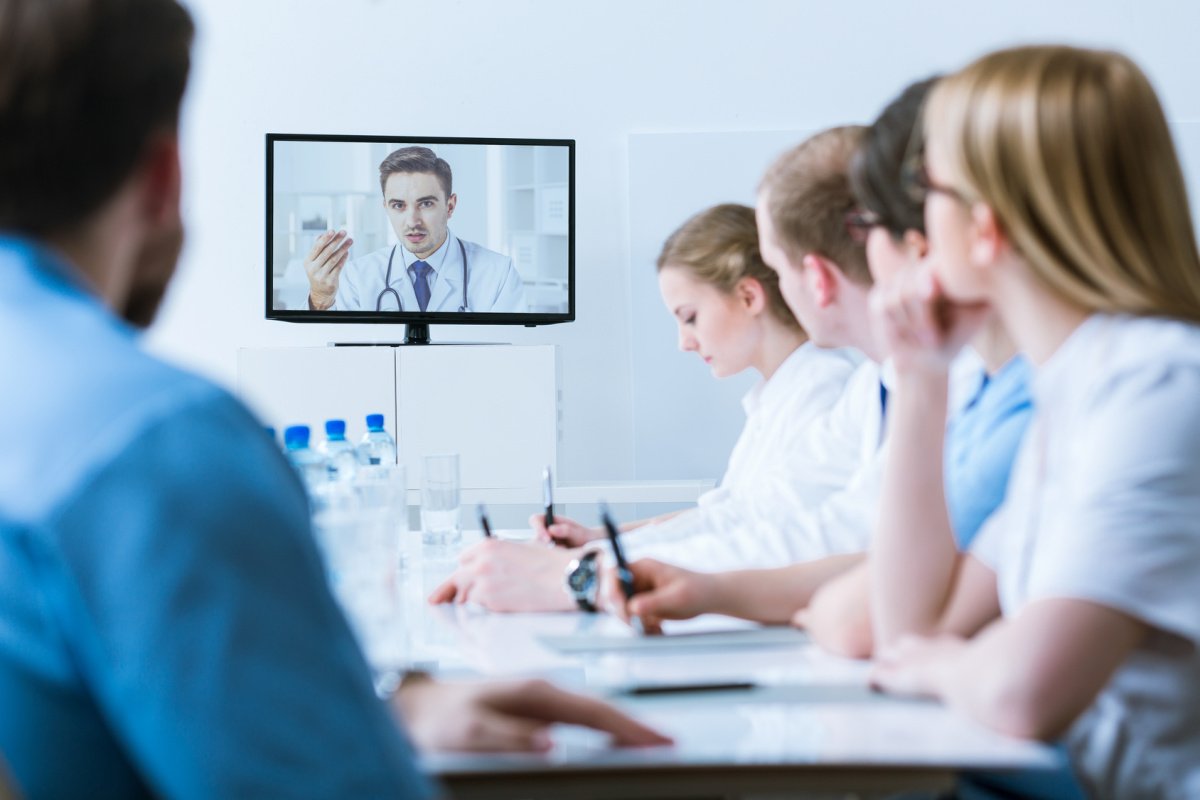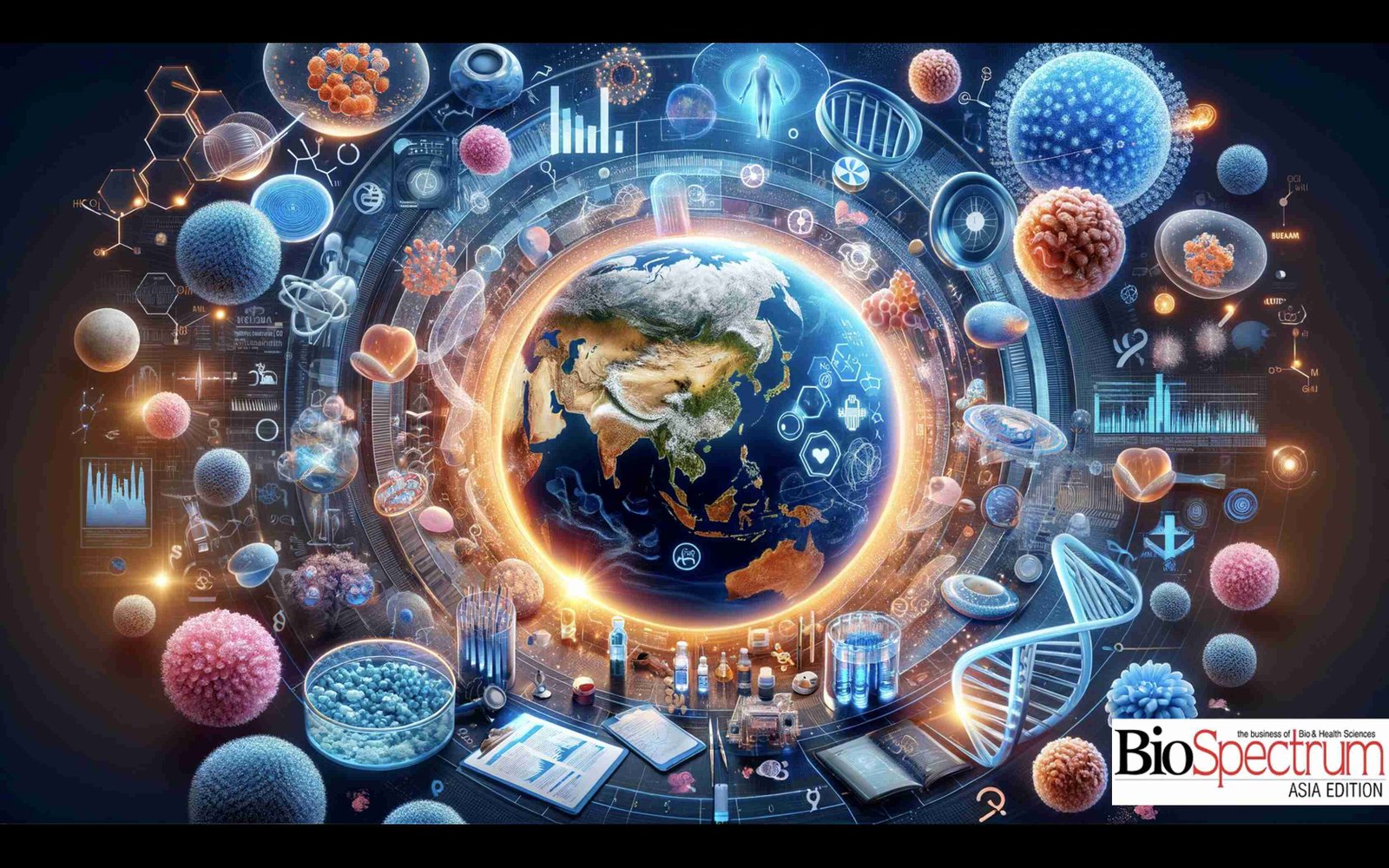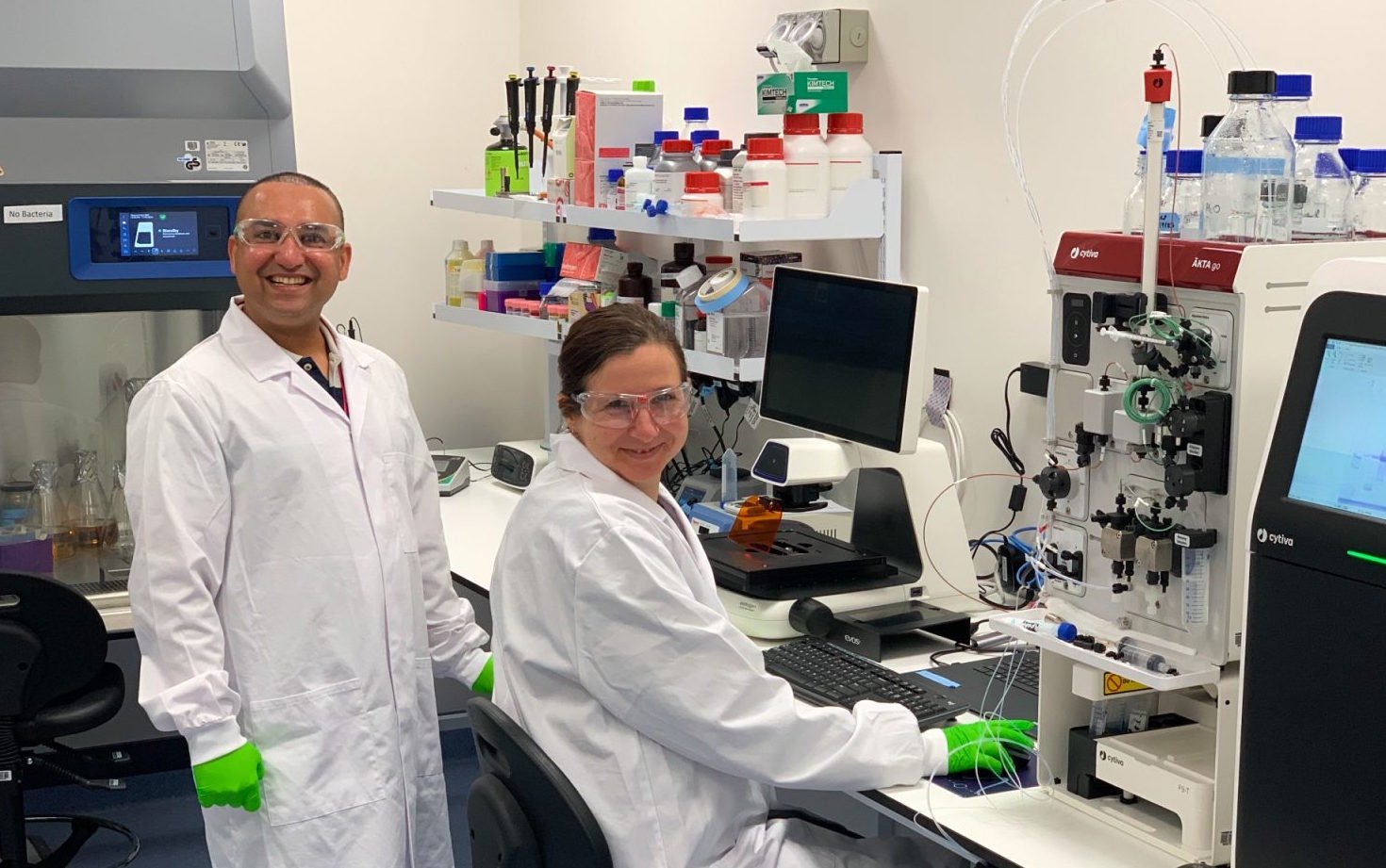The video technology changing the healthcare industry
07 June 2019 | Opinion | By Benjamin Low, Vice President, Asia Pacific, Milestone Systems
Governments and healthcare providers are turning to technology to bring efficiencies and improve patient care.

image credit- wordpress.com
According to a report presented at last year’s World Economic Forum on ASEAN, a healthcare spending crisis in South-East Asia is imminent[1].
Driven by factors like ageing populations, unhealthy diets, and increasing rates of diseases like diabetes, demand for healthcare is increasing rapidly across the region. As a result, total healthcare spending by the ASEAN 6 nations - Indonesia, Malaysia, Philippines, Singapore, Thailand and Vietnam – is expected to rise to US$740 billion by 2025 from the current figure US$425 billion.
In the face of such an increase in demand, governments and healthcare providers are turning to technology to bring efficiencies and improve patient care.
In fact this is happening across all industries, with organisations everywhere looking to harness new technologies to help them do things better and at lower cost. For instance, a corporation with a large office complex no longer needs an army of security guards to keep it secure 24 hours a day. Instead, a surveillance system using analytics software powered by Artificial Intelligence can do the same job by monitoring thousands of cameras simultaneously. The system can recognise anomalies – from intruders, to fires, to suspect packages – then highlight a particular video feed for further investigation by a human. A job of many has become a job of one, but more importantly it can also be done more effectively.
While security seems a natural application for this sort of technology, it is also catching the eye of healthcare providers. Such video surveillance systems can be programmed in countless different ways and can also learn over time, becoming more accurate and more useful. It’s not difficult to imagine how this type of power could be applied to a great number of scenarios in the healthcare setting.
For instance, nursing is renowned as being one of the toughest jobs around, with many patients to care for and constant demands on their time. Video technology has the potential to notify nurses if a patient’s dressings have not been changed when they should have been, or if a bed-bound patient needs assistance.
If an elderly person falls over it can be very serious. In a care home setting, if a patient falls when few staff are on duty, or when staff are rushed off their feet, there is also a chance they might not be seen quickly. Video technology can be trained to recognise when someone falls – distinguishing the movement from someone lying down on a bed or sitting on the floor – then alerting staff and directing them to the right location.
As well as helping medical practitioners improve patient care, video analytics can also help increase efficiency.
For instance, by analysing human behaviour at different locations at different times of the day, analytics can improve staffing levels by providing accurate information about where staff are being posted versus where the greatest amount of activity or need is. This can help managers post staff exactly where they’re needed, making the best use of resources. The same sort of information can even help managers improve emergency procedures.
Similarly, with hygiene such an important factor in hospitals, video analytics can monitor traffic and notify cleaning staff if toilet facilities need to be cleaned before they are scheduled to be.
Video technology’s ability to identify objects means it can also be valuable in helping to keep tabs on the location of expensive equipment, which can be especially difficult to keep track of when facilities rely heavily on temporary staff.
To ensure pharmaceuticals are only handled by the right people, systems can use facial recognition to track access – or even control it when paired with an access control management system. For instance, a camera would recognise when an approved person approached a secure room or cabinet and grant them access, while non-approved personnel or members of the public would remain locked out.
While there are clearly many potential uses for this advanced video technology, there are naturally questions around cost for healthcare providers. While there are many different pieces of hardware and software that can be employed in a video surveillance solution, at varying costs, most people are unaware that much of a building’s existing security infrastructure can still be used.
For instance, the existing network of cables - which is usually expensive and time consuming to install - can potentially be used. An open source video management software (VMS) will also allow products made by different manufacturers, such as cameras, to be linked up to new elements such as analytics software.
Video surveillance used to be there simply to record evidence or act as a deterrent, with cameras look down empty halls or at the back of closed doors. Today, video surveillance is no longer just sunk cost. The examples discussed here are only a few ways the healthcare industry could harness the capabilities of video, which is already being applied in other industries across the region, and the potential is limited only by the boundaries of our imagination.
[1] The ~USD 320 Billion Healthcare Challenge in ASEAN, Solidance, 2018












